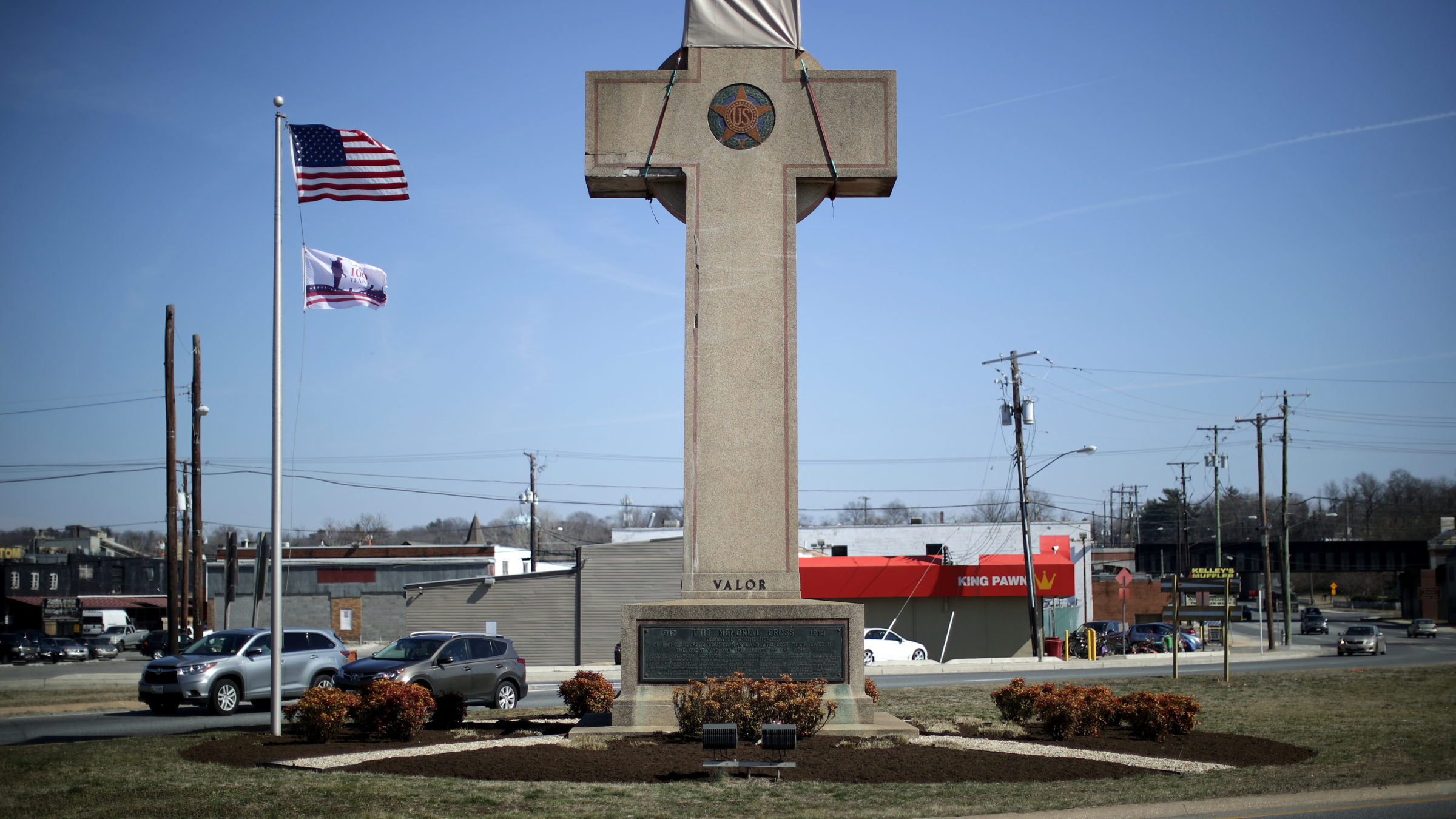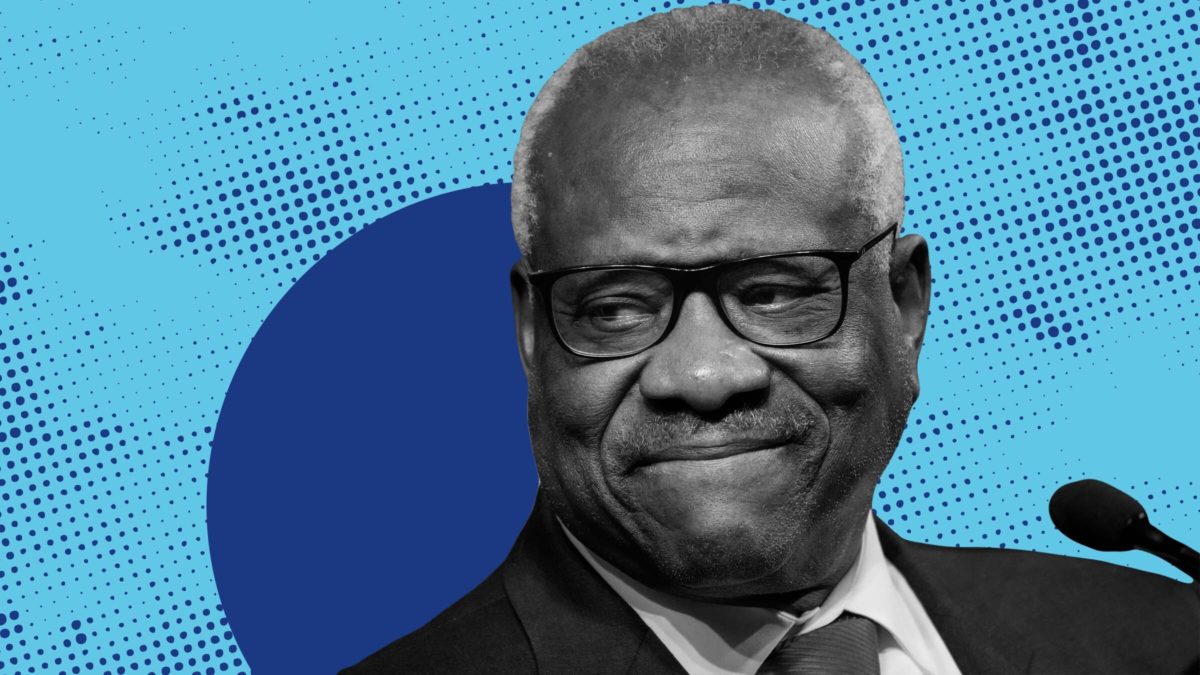In her recent dissent in Kennedy v. Bremerton School District, Justice Sonia Sotomayor noted that the Supreme Court’s conservatives have recently been giving “short shrift” to the Establishment Clause, which states that “Congress shall make no law respecting an establishment of religion”—colloquially known as the separation of church and state.
Sotomayor is putting it too lightly. In Kennedy, the Court functionally held that the First Amendment requires schools to tolerate loud, public prayer by school officials, disregarding any concerns that such displays might be construed as a state endorsement of religion. Rather than reckon with balancing the Establishment Clause with the right to freely exercise religion, the Court has seen fit to simply ignore it.
The case doesn’t stand alone. Just a few weeks prior, the Court held in Carson v. Makin that any public funding made available to secular schools must be made available to religious schools as well. In 2019, the Court held that a 40-foot tall cross on government property in Maryland did not violate the Constitution. The Court’s reasoning was based on the inexplicable argument that the symbol of the cross was not, in fact, distinctly religious—a harbinger of how intellectually dishonest the Court’s Establishment Clause jurisprudence would become.
Steadily, the Court is moving away from requiring that the government disentangle itself from religion, and toward holding that the opposite is true: Not only can the government engage with religious institutions, but it must do so, at least to the extent that it engages with secular institutions. The resulting status quo gifts those religious institutions a privileged place in American society, allowing them to move seamlessly between demanding equal treatment and special favor.

Per the Supreme Court, definitely not a government establishment of religion (Photo by Chip Somodevilla/Getty Images)
Most of the Court’s conservatives appear content to ignore the Establishment Clause altogether. Justice Clarence Thomas, on the other hand, is thinking a little bigger. For about two decades, Thomas has bandied about the idea that the Establishment Clause should not apply to states at all. That is, were a state so inclined, it could establish an official state religion.
The argument is rooted in some version of history: At the time of the Constitution’s ratification, states could (and did) establish their own religions. The Establishment Clause served two primary functions: First, it prevented Congress from establishing a federal religion; second, it prevented Congress from interfering with established state religions. This formulation prevailed until the ratification of the Fourteenth Amendment in 1868, which ultimately resulted in most of the provisions of the Bill of Rights—the Establishment Clause included—being applied to (“incorporated against,” in lawyer-speak) the states. Since then, courts have held that neither states nor the federal government may establish a state religion.
Thomas, supported by a cadre of mostly conservative academics, argues that because the Establishment Clause serves primarily to delineate between state and federal power, applying it to states simply does not make sense. And so, per Thomas and his ilk, not only can a high school football coach pray after football games, but the state government could declare Christianity the one true religion of Washington state.
The problems with this theory are myriad. Most notably, it seems to ignore the entire purpose of the incorporation of the Bill of Rights. In the wake of the Civil War, it was clear that the original structure of the Constitution, which restricted federal power but left states largely untethered, was inadequate to protect civil rights and liberties. The project of incorporation sought to remedy that problem. To focus, as Thomas does, on the intent of the Establishment Clause at the time of the Founding is to ignore the intent of the Reconstruction Amendments that aimed to restructure our federal system by restraining the states.
The fundamental issue is simple: The Constitution originally prohibited the federal government from establishing an official religion, at least in part because such establishment would inhibit the free practice of religion across the country. The same reasoning readily applies to official religions established by states. Thomas’s theory rests in no small part on ignoring that basic logic, and insisting instead that the locus of our concern should be replicating the prevailing federalist structure of 1789.
It is also unclear how the establishment of state religions could co-exist with the Free Exercise Clause, which assures individuals the right to freely practice their religion. The two clauses are, after all, coupled together in the First Amendment: “Congress shall make no law respecting an establishment of religion, or prohibiting the free exercise thereof.” This would seem to indicate, to the average and not fascist observer, that the clauses were designed to work together toward a common purpose. To reason that one applies to the states while the other does not is to engage in the sort of overwrought lawyering that has at some indeterminate point lost all contact with the frontal lobe.
Adding to the peculiarity here is the fact that such rigid interpretations of the First Amendment’s other provisions have been rejected by nearly everyone, Thomas included. The first word of the Amendment makes clear that it applies to “Congress” rather than the government generally. But that hasn’t stopped Thomas from holding that it applies to municipalities, for example. It’s only in the context of the Establishment Clause that Thomas and his cohorts purport to be so concerned with textual and historical precision.

“…and then they were like, ‘But what about all the OTHER religions?'” (Photo by Drew Angerer/Getty Images)
But I digress. Whether this theory of the Establishment Clause is “correct” is not the operative question. Constitutional inquiries rarely have correct answers—rather, they have interpretations that reflect differing sets of priorities and values. The legal profession has embraced a broad interpretation of First Amendment rights, the Establishment Clause included, not because it’s the most accurate textual or historical reading, but because it’s the only way to ensure that the amendment provides meaningful protection for the rights it contains. As history has made clear, individual rights and liberties can’t be adequately safeguarded without placing more restraints on state power than the founding generation had in mind. That is especially true in a world where individual states have become larger and more powerful in nearly every sense than the federal government was in 1789. In the context of religious liberty under the First Amendment, these obvious realities have led to a simple consensus: In order to foster religious pluralism, courts need to protect against government ingress of all types.
Clarence Thomas doesn’t share in that consensus because he doesn’t share the same priorities. He is not interested in protecting against the establishment of state religion because he is not interested in a pluralistic society. He is interested in building a regime of political, cultural, and social domination. That’s why he has argued for the near-total erasure of student speech rights, the dismantling of affirmative action, and the aggressive curtailment of civil liberties during wartime. He would like to see the social hierarchies he envisions in his mind reflected back at him in our government. In this case, that means state governments that openly embrace and promote religious values that map closely onto his own.
In the past, it might have been easy to dismiss all of this as the pontification of a justice who splits his free time between reading law review articles and binge-watching Newsmax. But that seems to have changed with the arrival of Neil Gorsuch, who has joined Thomas’s Establishment Clause concurrences, giving a theory that was once the sole province of charmless academics a foothold on the Supreme Court. And although liberals might have previously reassured themselves that the Court would not lurch so far toward the fringe—that it would be restrained by intangible notions like the rule of law or institutional moderation—now those reassurances seem quaint.
From vaccine mandates to climate policy to abortion rights, the Court has proven itself willing to match the pitch of political reaction in this country. Thanks to their efforts, there is a 40-foot cross looming over passers-by on a Maryland highway. If Clarence Thomas gets his way, it won’t be long before it’s looming over the rest of us, too.

